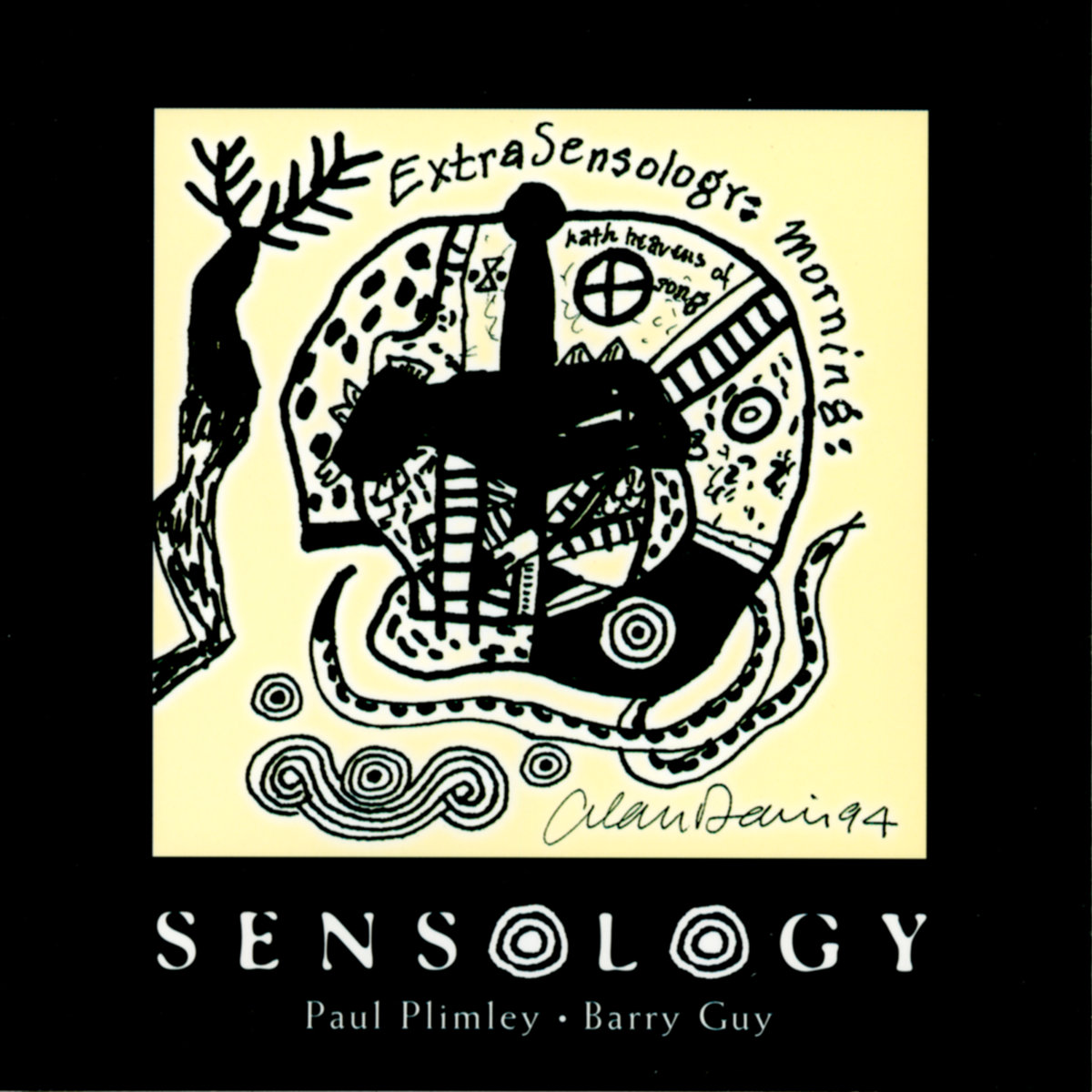Sensology

MCD9701
CD
€ 20.00
buy CD
Paul Plimley – piano
Barry Guy – bass
"... What pianist Paul Plimeley and Barry Guy share is an approach to improvisation that is imbued with a vigorous physicality. Both are free, abstract players, but it is an abstraction formed as much by an immersion in the joyous, energetic physical act of exploring and extending their instrument as it is by a keen sense of the form and shape of free improvisation. This live duet meeting captures the two players at the top of their form. Guy seems to shine in almost any context, and here he exhibits his mastery at placing the bass on equal footing in improvisational settings. Aside from his well-documented bristling intensity and inventiveness on the bass, Guy excels at being a careful and thoughtful listener. One minute he is guiding the improvisations with a dark, beautiful arco line, and the next he is hammering percussive salvos against Plimley's resounding thunder...."
(Michael Rosenstein)
Paul Plimley is a remarkable pianist who can play with as much power as any free player can muster (yes, even as much as Cecil Taylor, whom he echoes here on occasion – although I don't think Plimley has played the tremendous marathons of energy that are Taylor's specialty), as well as with surpassing delicacy and grace (for example, on Joe McPhee's 1995 Sweet Freedom, Now What? with frequent partner on bass Lisle Ellis). Barry Guy, of course, is the consummate bassist, the linchpin of Parker/Guy/Lytton and the majordomo of the London Jazz Composer's Orchestra. Sensology, their collaboration of improvisations, is a marvelous recording.
The very first track, "This is not much less than flat," demonstrates the range of both players. Plimley lingers long in Taylorville, but returns to a series of light block chords; Guy plays his bass as if it is a drum, a flute-anything the occasion calls for. On Short steps until it finally dawned, Plimley sets up some shimmering figures for Barry's bow. Rolling agreement is a feature for Guy's scrapings on a setting of gruff low tones from Plimley.
A few brief excursions set up the title track, which is the centerpiece and longest track on the disc. Skittering figures create a field of tactile energy; Guy demonstrates his razor-like mastery with the bow. Plimley is everywhere: nods to Taylor, Olivier Messiaen, Stravinsky, whatsodam. This pair is thoroughly in sync with each other, and constantly creates inventive and ear-catching effects.
Other tracks deserve special mention: What to do, featuring a convincingly quizzical Plimley; the aloof cool of Jazz for now and never more, and the stinging Joyous absence of disco. But this album is full of first-rate free improvisations by two masters, and is thus highly recommended.
(Robert Spencer)